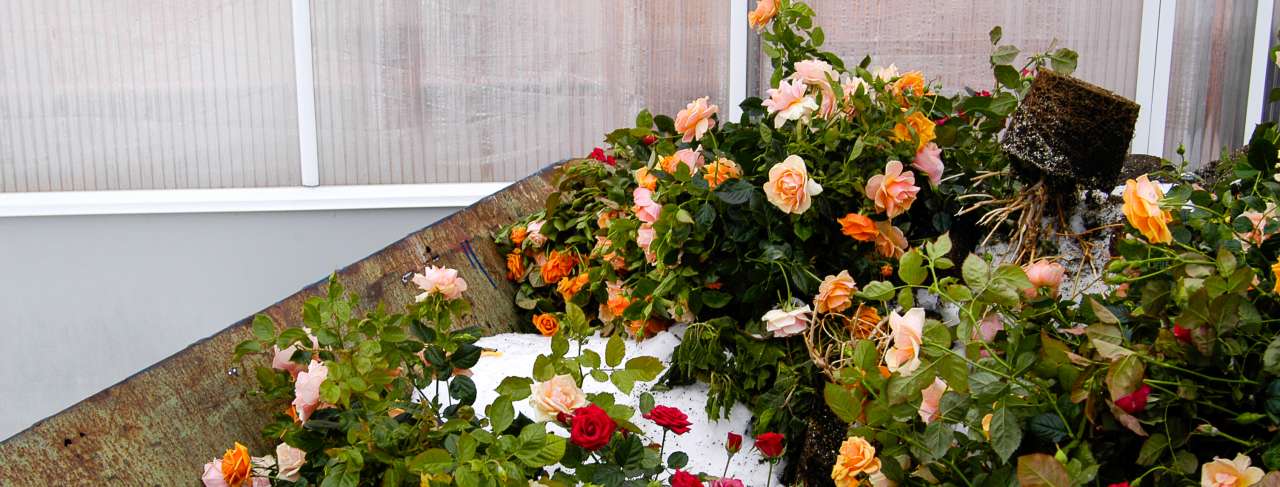Sustainable management of flower waste

Photo: Erling Fløistad
Every year, thousands of tonnes of plant material from florists across the country are discarded. In collaboration with two industry partners, NIBIO is exploring methods for a more sustainable approach to managing plant waste.
In partnership with Mester Grønn and Axel Wiig, NIBIO has investigated how flowers and decorative greenery waste can be composted sustainably. The project included comprehensive analyses of pesticide residues in samples from mixed plant waste, different flower species, and green plants.
A total of around 130 pesticides were detected in the waste, most of which are EU-approved. However, some unauthorised substances were also found.
Researchers aim to increase knowledge about the properties of different pesticides and determine the best ways to treat plant waste so that harmful substances break down, making the compost safe to use.
The trials, which involved both small- and large-scale composting processes in oxygen-rich environments, showed that most pesticides decrease in number and concentration during regular composting. However, researchers discovered that some substances, particularly those containing fluorine or chlorine, as well as a few others, break down very slowly and remain in the compost for a longer time. Therefore, optimising the composting process to ensure the best possible conditions for degradation is essential.
Most of the substances detected, with a few exceptions, have soil half-lives ranging from 120 to 500 days, according to the pesticide properties database.
For some pesticides, an anaerobic (oxygen-free) phase may help accelerate the breakdown of persistent compounds.
Contacts

Purpose
To gather knowledge and provide recommendations for sustainable methods of handling plant waste with high pesticide concentrations.
Collaboration: Mester Grønn, Axel Wiig, and Bernt Snapa
Funding: Norwegian Agriculture Agency
Contacts

